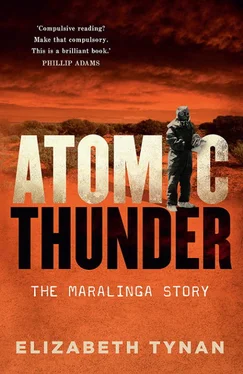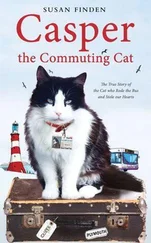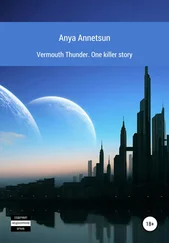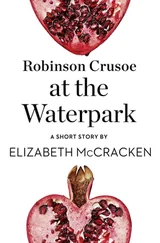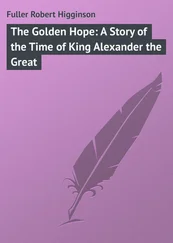Royal Commission into the British Nuclear Tests in Australia,
Report , 1985.
Professor Sir Ernest Titterton’s life came to a tragic end. A car accident not far from his Canberra home in September 1987, when he was 71 years old, made him a quadriplegic. He lived for another three years, longing for euthanasia, until an embolism took his life. The accident came two years after the McClelland Royal Commission report trashed his reputation for his role as the chair of the AWTSC and publicly associated his name with the fictional nuclear maniac Dr Strangelove from the eponymous 1964 film.
The AWTSC is one of the most alarming aspects of the British nuclear tests in Australia. The committee formed to protect Australian interests instead enabled the unfettered ambitions of the British nuclear elite. While it is unlikely that it was set up with this intent, its role evolved to become more of a public relations mechanism than a true overseer of highly dangerous activities. So much of this came down to the personality of Titterton, a compact, trim, crinkle-haired dynamo and divisive figure throughout. Titterton was involved with planning for the tests in Australia almost from the start. When virtually no-one other than Robert Menzies knew that the British planned to test atomic weaponry in Australia, Titterton was edging towards a crucial role – the nexus between the AWRE and everyone else.
Titterton was an English physicist whose career got underway just as the science of nuclear weaponry was progressing dramatically from theory to practice. He joined the wartime British mission to the US and designed the triggering device for the Trinity test at Alamogordo, the epochal test that demonstrated success for the Manhattan Project. He seems to have become a true believer from an early age and carried his convictions of the rightness of atomic weaponry – and of civilian atomic energy – through his life. The AWTSC might have become a well-regarded, conscientious and august body that looked after Australian interests under difficult circumstances had Titterton not commandeered it for more questionable purposes. Now, it looks like a smokescreen.
In an obituary in 1990 the ANU nuclear physicist Trevor Ophel wrote, ‘While he gained fame as having “pushed the button” to initiate the first atom bomb test at Alamogordo, the consequences of his time at Los Alamos were more profound. It made him a member of an old boys’ network of virtually every leading nuclear physicist, both experimental and theoretical, in the Western world’. He came to the nuclear tests in Australia with existing connections that guaranteed insider status rather than disinterested objectivity.
The AWTSC had two distinct phases, between 1955 and 1957 under chief defence scientist Professor (later Sir) Leslie Martin from Melbourne University and from 1957 to 1973 under Ernest Titterton. Titterton was on the original committee with Martin. The other members were Alan Butement, chief scientist employed by the Department of Supply; Dr Cecil Eddy, director of the Melbourne-based Commonwealth X-Ray and Radium Laboratory; and Professor Phillip Baxter, vice-chancellor of the University of New South Wales and deputy chair of the Australian Atomic Energy Commission. Baxter had played a role in the Manhattan Project, as a chemical engineer based at Oak Ridge, Tennessee, where he had worked on the production of fissile uranium. Martin was a reliable and sensible university and defence man. Titterton was another proposition.
When Titterton became AWTSC chair in 1957, the committee was reduced to three members, narrowing its base to accommodate his larger personality. Alongside Titterton were LJ Dwyer, director of the Commonwealth Bureau of Meteorology, and Donald Stevens, the new director of the Commonwealth X-Ray and Radium Laboratory (Eddy had died the previous year). Titterton remained AWTSC chair until it was reconstituted as the Australian Ionising Radiation Advisory Council (AIRAC) in 1973, at which point he was not invited to continue.
Titterton came to Australia in 1950 after Professor Mark Oliphant invited him to become foundation chair of nuclear physics at the ANU. Oliphant, who had supervised Titterton’s research at the University of Birmingham in the 1930s, planned tempting new research in nuclear and particle physics at the ANU. Oliphant was a scientific insider in the wartime race to create a nuclear weapon, but he later became an opponent of such weapons when he saw the human toll from the bombs dropped on Japan. He fell out with Titterton and was effectively barred from any involvement in the British tests in Australia. Oliphant was actively excluded not just because of his horror at what was unleashed at Hiroshima and Nagasaki, but because he was outspoken about it. The British explicitly requested that the Australians not allow him to be involved. The Americans, who knew him from Manhattan Project days, also did not consider him to be ‘sound’ – they thought that his views on the open sharing of scientific information made him a security threat. A message to the British High Commission from the British Government, quoted by the Australian journalist Robert Milliken, said in part, ‘Oliphant is unquestionably talkative and would give the impression (whether true or not) that he was in possession of all the secrets. It is therefore in the general interest that he should be “kept away”’. In the early 1950s, the Americans declined to issue him a visa to go to a physics conference in Chicago, a moment of humiliation for him. He had no official voice in the conduct of the tests in Australia. All he would do was speak out about his own disquiet. Oliphant would likely have made an excellent safety committee chair, but he was not allowed anywhere near the safety committee.
Oliphant’s former pupil did not share his qualms about nuclear weaponry. Titterton, described by ARPANSA scientist Geoff William as a ‘creature of the British atomic weapons testing establishment’ had, in addition to his Manhattan Project credentials and expertise in high-speed electronic triggering mechanisms, contributed to the US bomb tests at Bikini Atoll in the Pacific. He had then taken up a position with the UK AERE at Harwell. He did not work directly with William Penney, but the pair operated in the same broad circle. Titterton’s career record shows he was committed to the development of Western nuclear weaponry. According to his ANU colleague Professor John Newton, Titterton,
unlike some of his contemporaries, felt no guilt regarding his part in the development of these weapons… He was of the opinion that it was much better that the Allies first produced them rather than Hitler’s Germany, that their use in Japan had saved many US and Japanese lives, and that fear of their use had kept, and would most probably continue to keep, the peace between the major powers.
In the mid-1980s Titterton strongly defended his role at Maralinga when questioned by the Royal Commission and bristled about accusations that he had denied information to the Australian Government, pointing out he had been subject to US and UK secrecy agreements. He continued defending his actions, even as media stories dissected the British tests in the wake of the Royal Commission and found that his actions had been questionable at best (see chapter 10). The Royal Commission report, a document that displayed uncommon levels of ironic humour and controlled outrage, mentioned Titterton’s ‘special relationship’ with the AWRE in several places. It found Titterton’s role at Maralinga was to be the AWRE man on the ground, and thereby to limit the information provided to the Australian Government. Justice James McClelland later wrote that ‘it would be hard to imagine anyone less suitable than Titterton to be entrusted with a task which called for disinterested concern for the safety of the Australian population from nuclear radiation’.
Читать дальше
